Review: LG G Vista for Verizon Wireless
Aug 22, 2014, 5:00 PM by Eric M. Zeman
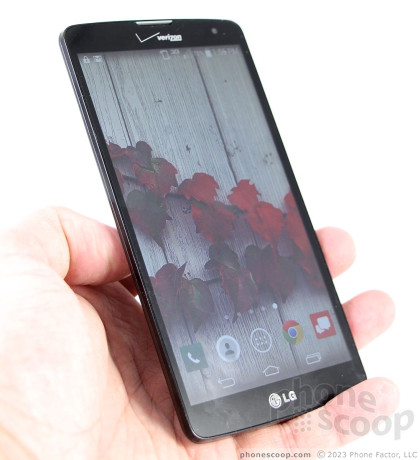
The LG G Vista is a inexpensive, big-screened Android smartphone that scores well on most features. Only a couple things hold it back, but they aren't vital. Find out what they are in Phone Scoop's full review.
Form
Is It Your Type?
The LG G Vista is a smartphone for people who prefer size over refinement. It adheres firmly to the Bigger-Is-Better mantra with its massive screen and downgraded specs. In that respect it accomplishes what it sets out to do: offer a large-screen experience at a low cost. Budget-conscious shoppers who want the biggest phone they can get for the money need not look any further.
Body
The LG G Vista is sort of a G3 Lite. It has a similar design as far as the hardware is concerned, and carries over much of the user experience. It's bigger, of course, but otherwise it hardly departs from the G3 on the outside.
The G Vista's screen measures 5.7 inches, which means the phone's footprint is enormous. It's not quite as big as the Nokia Lumia 1520 or HTC One max, but it's right in line with the Samsung Galaxy Note 3 (which has the same screen size.) The design is conservative, but that's not a surprise considering this is LG we're talking about. It's mostly black with plenty of smooth, glossy surfaces to reflect light and collect grime. The G Vista eschews the G3's chrome band and sticks with an all-black look.
Since the G Vista stretches into phablet-land as far as its dimensions are concerned, it's not really meant for one-handed use. I couldn't wrap my hand around it fully, and it pushed the limits of my pockets. It is surprisingly light for a phone of its size. The side edges are smooth and rounded, but do little to reduce the footprint of the phone when it's in your palm. The plastics are smooth to the point of being slippery. That means it slips into pockets easily, but it may just as easily slip from your grasp. The quality of the materials is OK, but not the best I've seen. The build quality appears to be good.
The screen consumes most of the front surface with respectably slim bezels running along the sides. There are thicker dark bands above and below the screen, but they aren't unattractive. A sliver of chrome is fitted into a slit at the top of the glass to signal the location of the earpiece speaker. Other than this shiny chrome accent, only the LG and Verizon logos stand out from the otherwise stark black front.
There are no physical buttons on the front or side surfaces of the G Vista. Like the G3, the G Vista's controls are located on the back surface. The G Vista is the fourth phone from LG to use this button configuration and I still have a difficult time adjusting to it. The entire button/camera assembly is relatively flat, but doesn't feel as strong as that of the G3. The screen lock button is in the middle of the three-button array, with the volume buttons above and below. The screen lock button is raised just slightly, while the volume toggles are dimples that dip below the surface of the phone. I had no trouble discerning between the three without looking. Travel and feedback of all three buttons is good, but not great. It's too easy to accidentally smudge the camera lens, since it is located just above the button array, while your finger searches for the controls.
The micro-USB port is on the bottom of the phone and the stereo headphone jack is on top. There's also an infrared beamer on the top of the phone. There's no camera button, which is a shame.
The G Vista's rear cover peels off with ease thanks to a nice notch for your thumbnail. The material has a carbon fiber-y pattern hiding under the glossy clearcoat. It feels flimsy on its own. Under it, you'll find the removable battery and ports for the SIM card and the memory card. You have to take out the battery in order to remove the SIM card, but the memory card can be hot-swapped if you want.
The G Vista is a decent piece of hardware for its price point, but it is clearly several notches below the G3 in terms of design and quality.
Performance
Screen
The G Vista features a 5.7-inch screen with 1280 x 720p resolution. It still qualifies as HD, though it's not full HD, nor is it the amazing Quad HD screen found on the G3. At this size, 720p screens start to get a bit fuzzy as far as clarity is concerned. "Fuzzy" is probably overstating it, but I can pick out pixels with my bare eyes. For the most part, though, text and graphics look fine on the Vista thanks to LG's fine-tuned LCD technology. I just wish it were a smidge sharper. Brightness is excellent and there's no color change or brightness drop-off when the phone is tilted side-to-side. Fingerprint smears impeded visibility outside a bit, as did glare, which seemed more problematic to me on the Vista than other phones I've tested recently.
Signal
The G Vista performed excellently on Verizon's LTE 4G network. It never dropped down to 3G during my review period, and it always showed at least two bars of LTE. The Vista had no trouble connecting calls, no matter how strong or weak the coverage. It didn't drop calls, nor did it miss any. Data speeds via 4G were solid, though not the fastest I've seen from Verizon. Weak coverage didn't appear to affect speeds at all. Most people shouldn't have any trouble with the Vista's ability to connect.
Sound
Phone calls passed through the G Vista's earpiece were excellent. I found both quality and volume to be above average when compared to other Verizon devices. The earpiece produced clean and clear sound. Voices sounded warm and present. You should be able to hear the bulk of calls with the volume set at about 60%. If you put it all the way up, you run the risk of damaging your hearing. When I dared set the volume at the maximum, I was easily able to hold conversations in noisy bars with music blaring, as well as walking along busy city streets. General household or office noise ain't got nothing on the Vista. Much of the same praise can be leveled at the Vista's speakerphone. I thought calls sounded very good through the speakerphone, and volume was more than loud enough for most environments. Those I spoke to through the Vista said I sounded good, for the most part. Ringers and alerts are quite loud; definitely loud enough to be heard in spaces you might inhabit. The vibrate alert is a bit gentler than I'd like it to be.
Battery
The G Vista's battery life is incredible. At 3,200mAh, the power cell is massive. The Vista may have a large screen, but the lower resolution helps as far as power consumption is concerned. I had no trouble getting a full day of battery life out of the Vista, with plenty of power to spare come bed time. I threw everything at it: calls, music, video, messaging, photography, and so on. Nothing appeared to trouble the battery in the slightest.
The phone includes LG's battery saver software, which you can use to further extend the useful uptime of the phone. You can control when the battery saver comes on (30% battery life, 20%, etc.), and which applications it shuts down to conserve power. Combined with the huge battery, you shouldn't have any problems with the G Vista's battery life.
Basics
Menus
The LG G Vista runs Android 4.4 KitKat with LG's newer user interface skin. The entire UI is flatter, the fonts are thinner, and LG has employed more circles throughout the design - sort of like what Samsung did with the latest version of TouchWiz. I would call it an improvement over previous skins from LG.
The G Vista's lock screen is customizable. You can leave it blank, or add shortcuts, a clock, and/or the weather if you so wish. The G Vista includes LG's KnockOn and Knock Code. These tools were created out of necessity. Since the home button is on the back of the phone, there was no way to wake the device without picking it up. With KnockOn, you tap the screen twice to show the lock screen. With Knock Code, you set a unique, tapping pattern to wake and unlock the device. Both tools have been around for a while now and work really well. Only the camera can be opened from the lock screen without entering a password (if one is enabled).
The G Vista includes five active home screen panels out of the box. All five home screens can be customized at will, as per normal for Android smartphones. Verizon has littered them with widgets, but it only takes a few moments to clean the slate and add your own.
The app menu works well. Users can select large or small icons, which either make them easier to see or cram more on to a single panel. Apps can be viewed alphabetically, by date, or in a custom order, but not in a list. Several tools make it a breeze to hide apps from the menu screen or uninstall them altogether.
The notification shade features circular icons that remind me of those in iOS7 and recent Samsung phones. The tray offers several toggles for wireless radios and the QMemo tool common to LG handsets. The toggles can be customized, rearranged, and so on. The tray also includes sliders to adjust screen brightness and system volume. These controls leave only about half the screen for viewing actual notifications.
Users can adjust fonts and font size, wallpapers and themes, customize the main Android button arrangement, as well as optimize select apps for easier one-handed use. Last, and perhaps most importantly, the volume toggles can be designated as shortcuts for when the phone is locked. For example, a long press of the bottom volume key can open the camera, bypassing the lock screen entirely. Users can select which apps these two buttons open.
You can opt to view the settings controls on a single page or broken down into tabs. The number of settings is lengthy, but LG has done away with some of the hokey 3D buttons are replaced them with modern on/off toggles and check boxes that I find more appealing.
The G Vista supports multi-window apps, which means you can run two apps side-by-side at the same time. It's off by default; you have to turn it on the system settings to get it working. It's really easy to use and the G Vista's larger screen means you can see more content in each of the two apps.
Performance is one area I found lacking. I've tested a dozen handsets with the Qualcomm Snapdragon 400 processor on board, and the G Vista is the first that showed any real problems. In my experience, apps were slow to open, the device was sometimes slow to register screen presses, and transitions between apps and/or screens were often sluggish. It wasn't quick, that's for sure. Color me disappointed.
Calls and Contacts
The home screen of the phone app is that of a dial-pad with tabs running across the top providing access to call history, contacts, favorites and groups. There are also dedicated buttons along the bottom of the dialpad to initiate voice commands or text messages after you type in a number. The G Vista lacks advanced calling functions, such as noise suppression and call recording.
The contact app functions just the same as the stock contact app does, but LG's custom skin gives it a modern, clean look that I ike. The contact screen places dialer and messaging shortcuts right in the main screen, which eliminates at least one tap if you want to call someone or message them. It's easy to manage groups, and the contact app has several useful home-screen widgets, too.
Both the phone and contacts apps are interconnected and basically one and the same. They work together well.
Messages
The G Vista ships with the G3's *awesome* keyboard app. The LG keyboard is the ultimate as far as customization goes. For example, you can adjust the height of the keyboard up or down to change the size of the buttons. Trust me: it's killer.
Verizon Messaging is set as the default messaging application and it handles SMS/MMS. Verizon Messaging offers access to some neat extras. For example, it includes its own set of animated emoticons. The app can be used to create a postcard, as well as to record a voice message or send a Glympse. (Glympse is a location-sharing tool.) Beyond these tools, the functionality of Verizon Messaging is OK, but I find it lacks polish. It also lacks templates with pre-composed messages.
Since Google allows Android device owners pick which app they want to use for SMS, you can ditch the Verizon app if you want and use the old Android SMS app or Google+ Hangouts. Each of these has its own drawbacks, but they work. Aside from Google+, no other social networks are installed. You'll have to snag Facebook, Twitter, and others from the Google Play Store. The G Vista does have the standard Gmail and email applications, both of which function well.
The phone also has a dedicated app for receiving emergency alerts.
Extras
Media
The G Vista offers a variety of media apps and services. The Google Play Store is available for purchasing content, and the individual Play apps are loaded, as well. These apps haven't changed much over the last two years. The Vista also offers a basic music player for side-loaded music, and the stock YouTube application.
Verizon was sure to bundle in a ton of its preferred apps, as well. You'll find Amazon Music and Audible for MP3 and audio book consumption, respectively, as well as NFL Mobile and Slacker Radio.
The G Vista does include LG's remote control app for your home theater gear. I found it easy to setup and use with my TV and cable box. I was flipping channels and surfing my content guide in no time.
There are multiple tools for sharing media between devices. First, there's NFC for easier pairing; just tap to share. LG's SmartShare Beam connects the Vista to other LG phones and tablets, but the phone also has a Media Server tool for connecting with devices via DLNA. The Vista also supports Miracast for connecting to TVs and LG PC Suite for connecting to PCs.
Camera
The G Vista uses the same camera software as found on the G3, and that's a win for consumers. The newer camera app is much easier to use, yet it still manages to offer some great features. As noted, it can be launched from the lock screen or with a long press of one of the volume toggles. There is no dedicated hardware camera button.
At its most basic, the camera UI has three buttons: one to access the settings, one to jump to the photo gallery, and one to exit the camera. In short, you can launch the camera and get to the shooting screen quickly. All you have to do to take a shot is press the screen.
If you want more, press the three little dots in the corner. The tools drop down along the left edge of the screen and include access to the flash, front-facing camera, shooting mode, and settings. A visible shutter button for taking pictures/video only appears after you press the three little dots.
The G Vista does lose some of the G3's more advanced shooting modes, such as Dual Shot and Magic Focus.
The full settings have been drastically reduced. You can turn the framing grids on/off, turn LG's Cheese Shutter feature on/off, adjust the resolution of images, and cycle through the HDR modes. That's it. There's no white balance, no exposure, no color controls, nor many other controls that are often available to smartphone cameras.
I like the HDR tool best. There are three options: HDR On, HDR Off, and HDR Auto. HDR is an important tool for balancing out exposures, but it needs to be used carefully. Having an Auto option - which senses whether or not it's needed before taking the shot - is truly helpful. In my tests, it used HDR in appropriate situations.
Pictures
The G Vista can take pictures up to 8 megapixels. The highest setting shoots full frame (4:3) images. If you choose the “wide” 16:9 ratio, images will be cropped to 6 megapixels.
LG has typically produced decent cameras, and the G Vista falls into that crowd. I was generally pleased with the focus, exposure, and white balance in the images I captured. Only rarely did I see exposure or white balance problems crop up. Focus was nearly always razor sharp. Most people should be happy with what they get, and it can probably replace a dedicated point-and-shoot for those last-minute summer getaways.
Video
The G Vista only shoots 1080p HD video. There are absolutely no settings or controls for the video camera, which is a bit odd. All you can do is hit the record button and capture full HD footage. If you want to send a smaller video file via MMS, you have to record the video directly in the Verizon Messaging app, which films 320 x 240-pixel video. Strange.
The full HD video I captured looks pretty good, but focus was sometimes soft and white balance sometimes a little off. In general, the G Vista will suffice for everyday recording needs, but I'd switch to a dedicated video camera if you have something important to capture.
Gallery
The standard gallery app has been skinned by LG with its newer interface aesthetics, but the underlying mechanics are about the same. It lets you view the gallery by album, date, or location and separates the local camera roll from other online galleries that might be available. You can even see the photo galleries of nearby LG devices (as long as the owner of that device has made it public.) I really like that the gallery lets you separate videos from pictures.
Whichever album you open, the images are arranged in a grid. You can perform pinch-to-zoom gestures to increase the size of the photos in the grid. Individual pictures can be moved and renamed, cropped and rotated, as well as adjusted for exposure, color, and so on. There are a number of built-in filters that adjust the tone and artistic appeal of photos. Sharing tools are a breeze to use, and let you easily send your photos to just about any online destination.
Apps
Verizon stacked the G Vista with plenty of annoying apps. Some include Caller Name ID, Verizon Cloud, My Verizon Mobile, VZ Protect, and VZ Navigator. There's a full suite of Amazon-branded apps, such as the Amazon Appstore, Amazon Store, Kindle, and so on.
The G Vista also supports LG's QMemo and QSlide apps. The QMemo feature takes a screenshot and then loads the image into a simple editor for marking up and sharing.
QSlide apps are miniature apps that can remain open and running on top of other apps in a little floating window. Some of them include the phone/contacts app, messaging app, browser, and calculator. These features have been around on LG phones for a while and function perfectly on the G Vista.
Smart Stay and Smart Video are absent.
Bluetooth
The G Vista supports Bluetooth 4.0. I successfully paired the G Vista with a half-dozen different devices. Phone calls routed to my favorite headset sounded excellent. Music pushed to a stereo Bluetooth speaker sounded decent, but not the best I've heard.
Browser
The Verizon G Vista includes only Google's Chrome browser. I like the way it syncs open tabs and bookmarks between other devices, and it does a fine job of rendering web sites. It performed very well over Verizon's LTE 4G network.
Clock
There are several clock options for the lock screen. You can leave the lock screen blank, place a single clock there, a dual clock, or a clock combined with a weather widget. The clock is easy to read indoors, but harsh glare and fingerprints make it hard to read outdoors.
GPS
The G Vista includes Google Maps and Verizon's VZ Navigator for navigation. Both apps worked well with the Vista's GPS radio, which was consistent at pinpointing me in fewer than 10 seconds and to within 25 feet. I like Google Maps because it is great for search, routing directions, and is free. VZ Navigator is also a solid option, but it carries a monthly fee.
Guest Mode
Guest Mode is meant to safely protect the owner's data and settings while lending the phone to someone else (read: a kid.) Guest mode lets people play games or listen to the media player, for example, but not access email, messaging, or settings. It's a cinch to set up and helps keep private info private. The mode can be accessed with a dedicated lock screen pattern (drawing a "G" on the screen.)
Wrap-Up
The LG G Vista is a bargain. As far as mid-range devices go, it nails just about every feature. The screen is big, and basics such as signal, sound, and battery performance are excellent across the board. The hardware is quite good, and definitely a step above the low-cost competition. The user interface is flexible and allows for plenty of customization. There are a ton of apps on board for finding and consuming content.
My biggest two gripes are performance and the camera - but they're minor ones at most. The Snapdragon 400 processor was sometimes sluggish. The camera app is simplistic almost to a fault, especially as far as adjusting the video camera is concerned. Both lack advanced functions, but that's hardly a significant fault.
Other than that, the G Vista is a solid effort from LG. Verizon sells it for $50 with a contract, $20 per month for 20 months with Verizon Edge, or $400 at full retail. You'll be hard pressed to find a better dollar-for-value at these price points.
Comments
Inquiry about camera button feature
If you have the screen powered off and you long press the volume down key on the back with your finger, it automatically opens the camera without having to go through the lock screen. And if you press the key again it snaps a photo. Perhaps you can verify that for me if you get the opportunity.
Thanks!
little bit of incorrect info
I believe this is the 4th phone to use the back buttons, the first 3 being the G2, G flex, and G3


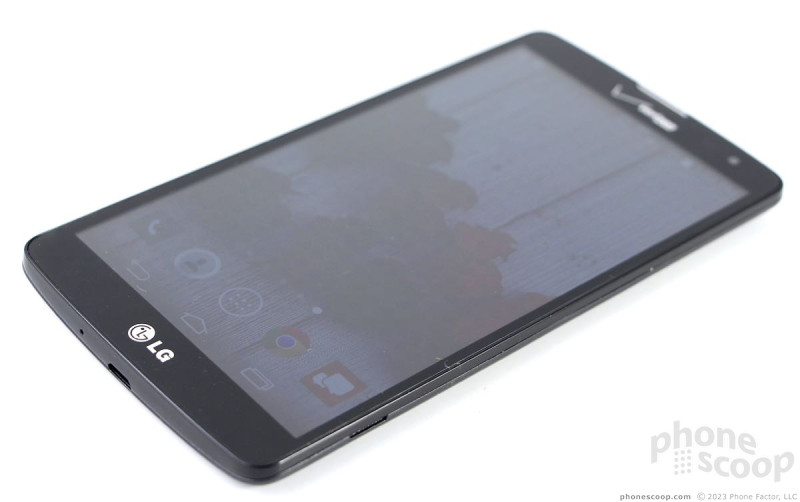















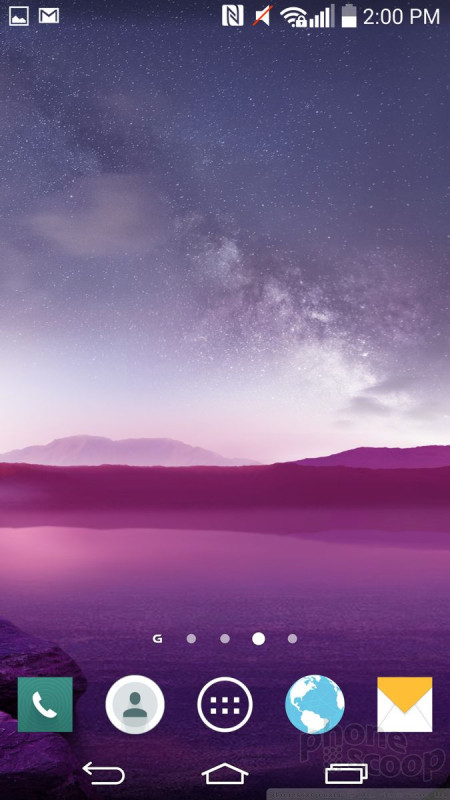





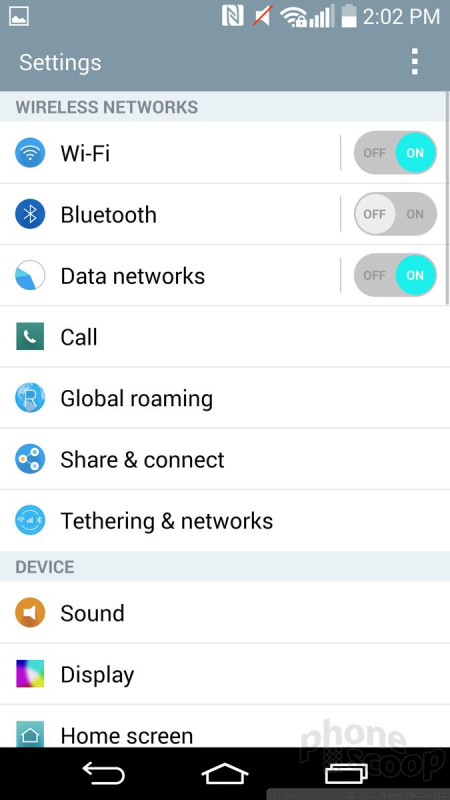






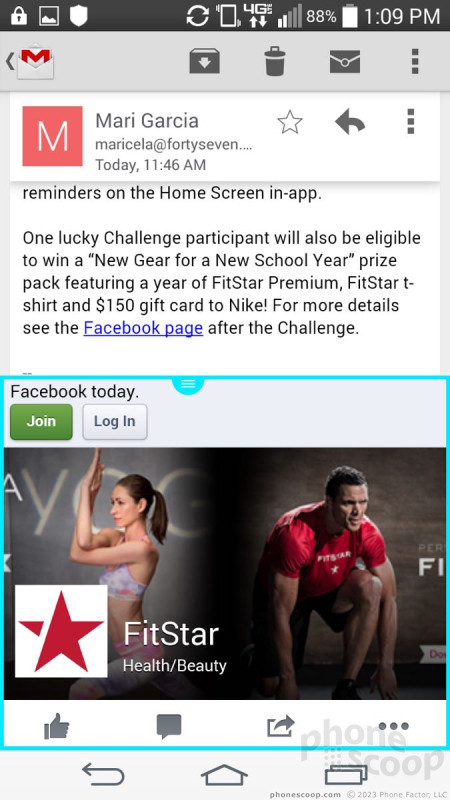


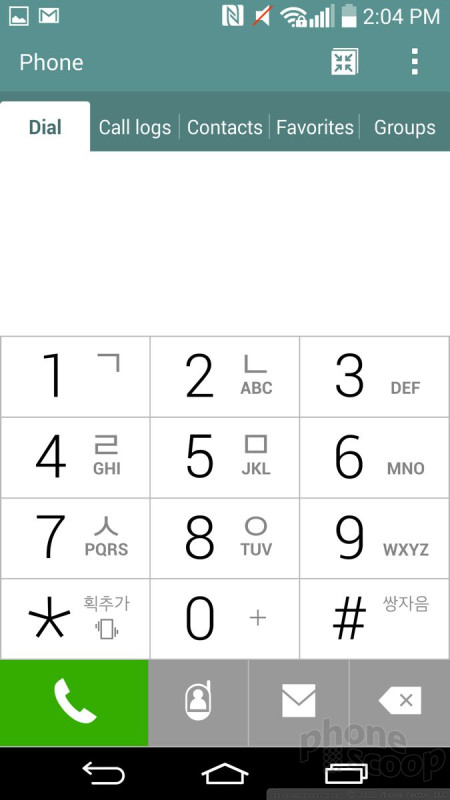



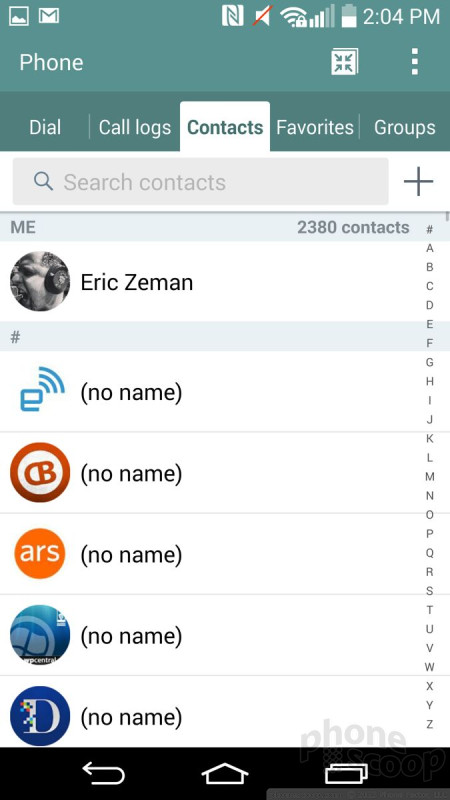



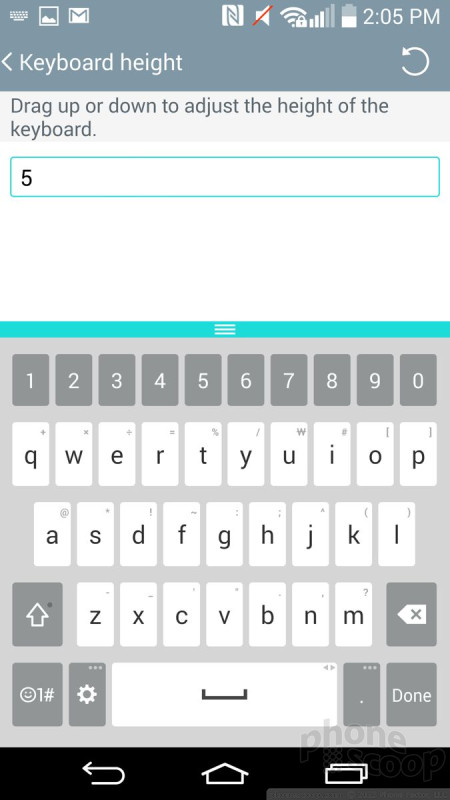








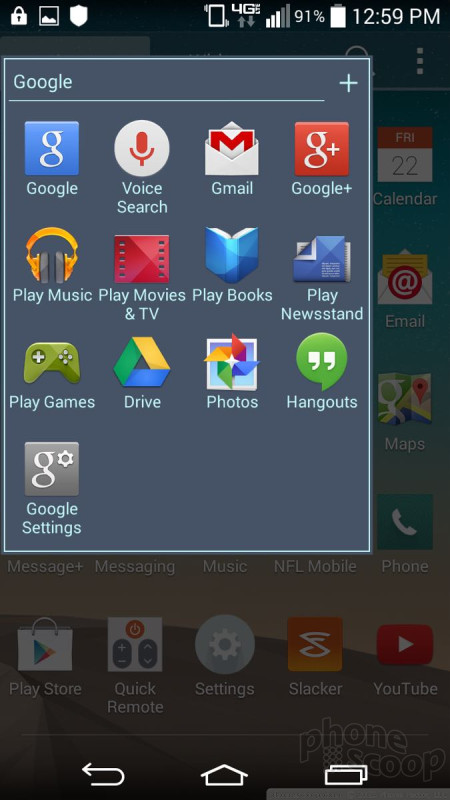





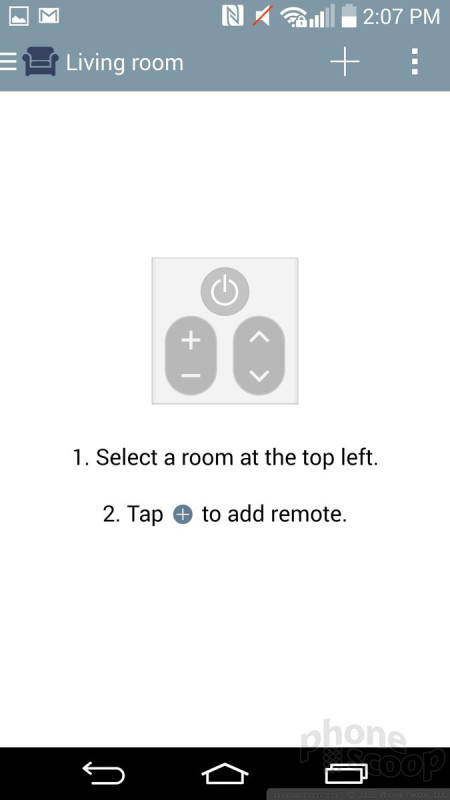




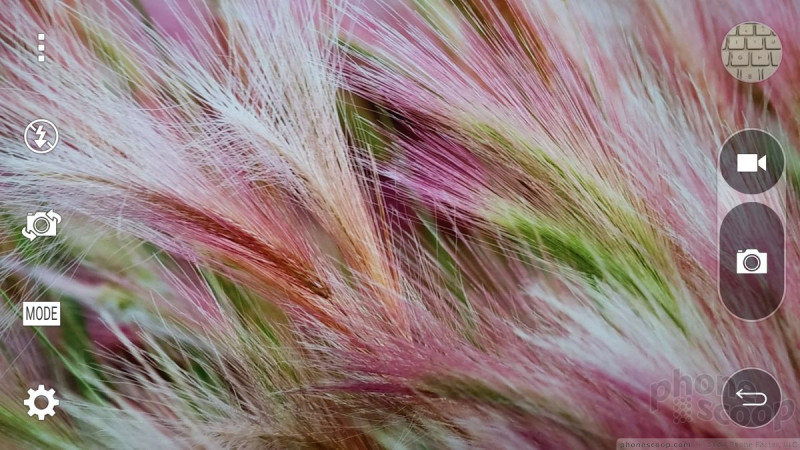



















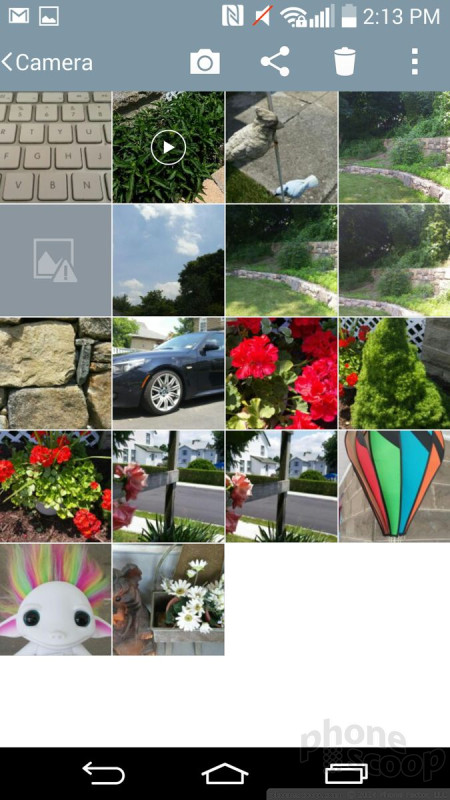





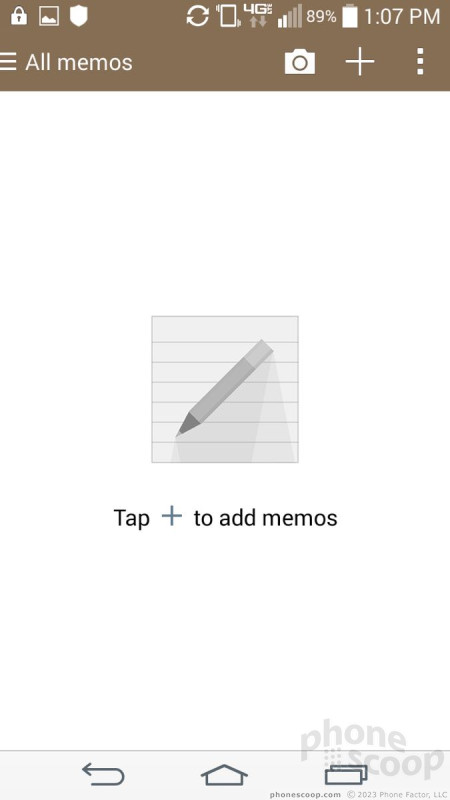


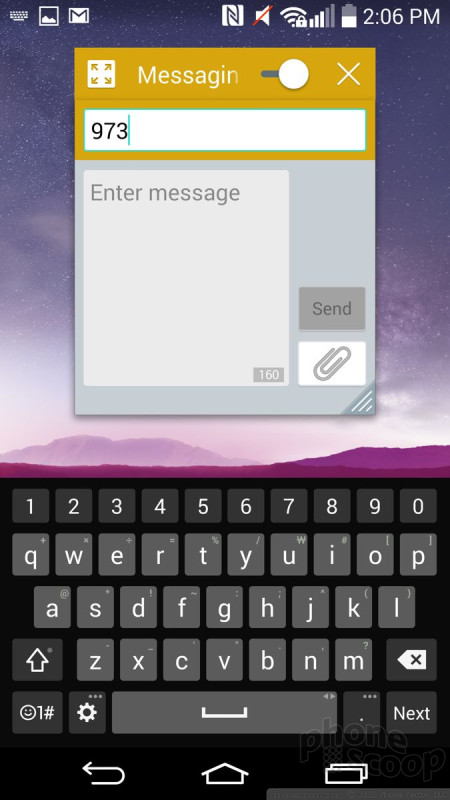



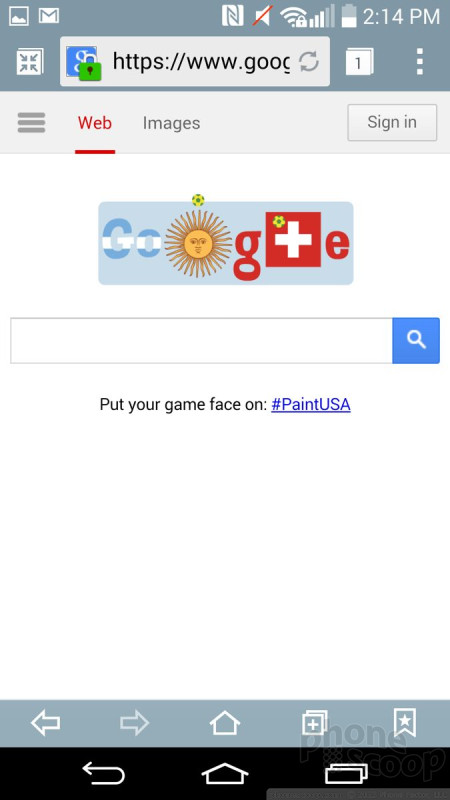




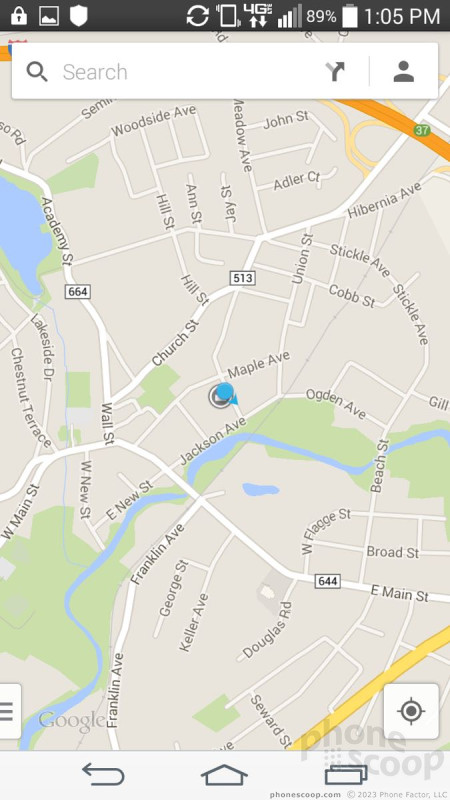




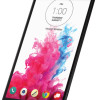 Verizon Scores the LG G Vista, a Budget Phablet
Verizon Scores the LG G Vista, a Budget Phablet
 Hands On with the Boost Summit 5G
Hands On with the Boost Summit 5G
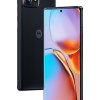 Motorola's New Flagship Gets its Signature Edge Back
Motorola's New Flagship Gets its Signature Edge Back
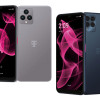 T-Mobile Updates its REVVL Affordable 5G Phones
T-Mobile Updates its REVVL Affordable 5G Phones
 LG G Vista (CDMA)
LG G Vista (CDMA)
 LG G Vista (GSM)
LG G Vista (GSM)






